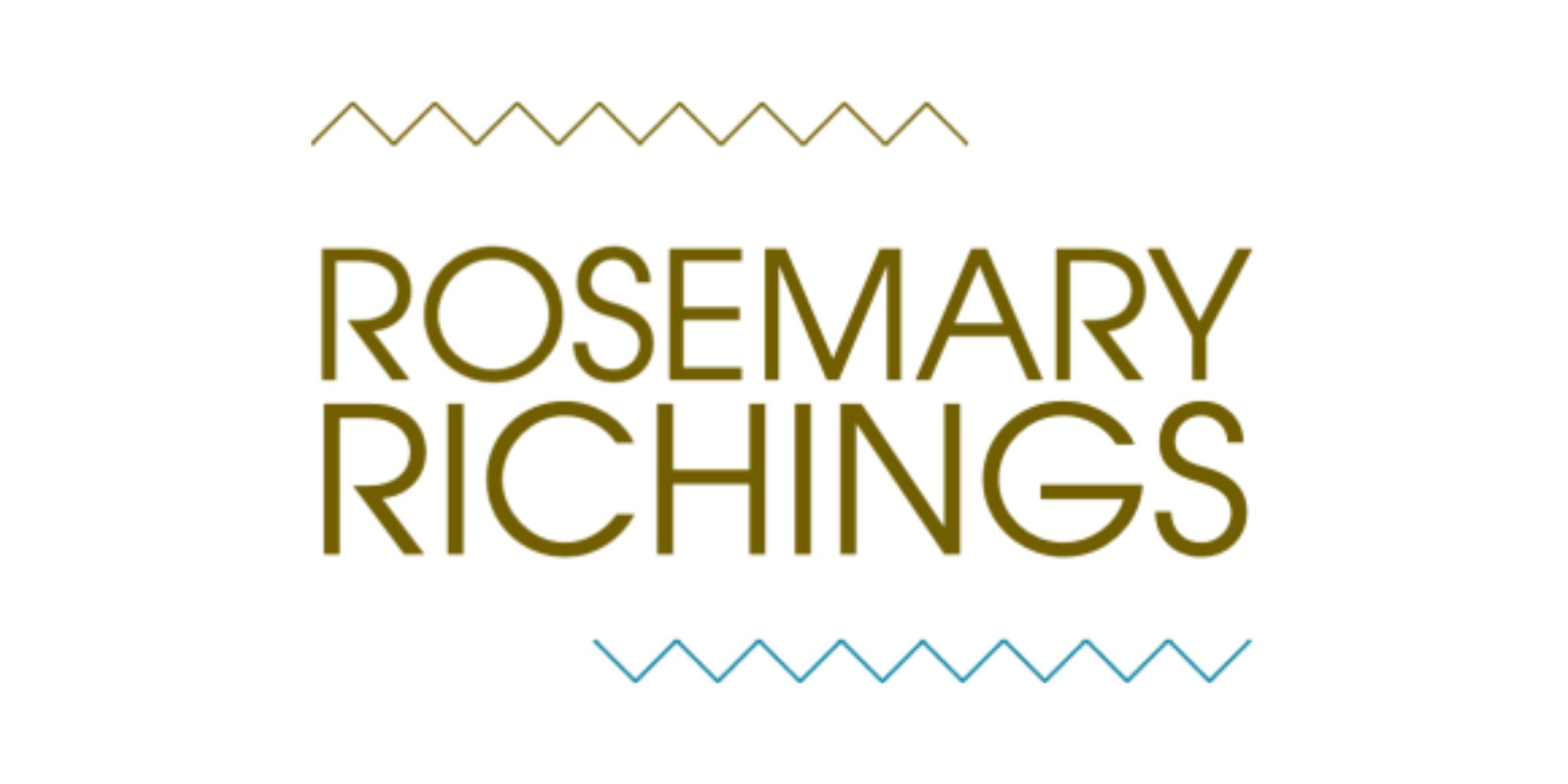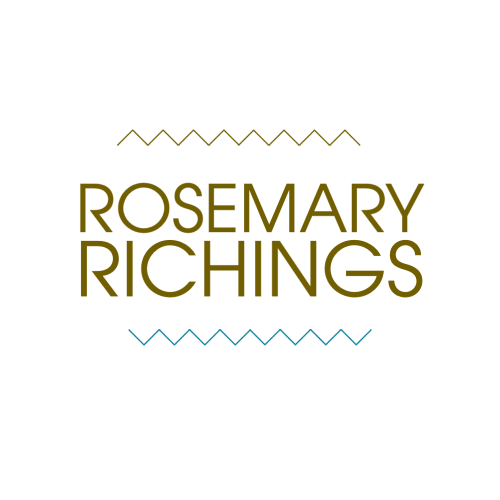Testimonials can be a bit intimidating to ask for, and also to write because it’s a form of constructive criticism and feedback.
And guess what? I definitely felt that way, the first time I asked my clients for testimonials. But then I faced my fear and tried asking actual people, that had actually worked with me before, and I got the results that are publically available today.
The most important thing that I learned, throughout the process of getting my first testimonials, is that if you do good work for people for others, then, more often than not, they’ll happily do something nice for you (like write a testimonial or refer you to a friend.)
Here are two exceptions to that rule that you have to keep in mind:
1) Major corporations with strict contracts: This happened to me once. I won’t reveal the name (because I don’t want to make them mad), but one of my highest paying clients was told that they couldn’t write a testimonial because of a strict company policy, even though they really, really wanted to.
2) Stressed out editors: Editors have a lot of responsibilities on their plate, especially if they’re the editor-in-chief. Even if your work was totally brilliant they may either say “no” or require a lot of friendly reminder emails for them to finally write a testimonial.
Today I’m going to walk you through my testimonial request process. Regardless of whether or not you’re a freelancer, you’ll likely find this step-by-step guide extremely helpful.

1) Make a list
Don’t just email anyone that’s familiar with your work. And don’t ask any of your family members. As long as you follow those two rules you’ll be alright.
So who should you ask? Here are a few people who will fit the criteria:
- Former co-workers within an organization where you were producing the exact same work that you are currently.
- Clients that compliment, and also know your work, extremely well.
- Content managers of blogs you’ve written for, where your content produced positive results.
- Anyone that you’re working with that is expressing that you’re at the end of a specific project.
2) Write the intro email
If you’ve written a reference letter before, you’ll understand just how hard it can be, to say the right thing. The same issue applies to testimonials.
This is exactly why you have to make the testimonial writing process easy for your client, in order to decrease your chances of them saying: “no.” But how do you do that?
To start, I’m going to share with you an actual email that I wrote, which got me one of my first testimonials:

So how did I do that? Here are the key ingredients that I used in the email:
- A personalized message, which shows that I’ve been keeping up to date with what’s going on with the company.
- A sentence that expresses that I’m looking for testimonials, where they’ll be published, and most importantly, the fact that they don’t necessarily have to say “yes.”
- A sentence that expresses the fact that the testimonial only needs to be a sentence or two, and will only take a moment.
- The added incentive: a backlink of their choice.
- What they should do next if they’re game to participate.
3) Customize a list of survey questions
Before you even begin to write the intro email, have a list of questions prepared, so that clients who aren’t sure what to write, can fill out a survey.
This will really come in handy when people say “yes.”
So what kinds of questions should you ask them?
Here are the questions that I use, that have helped my clients generate attention-grabbing testimonials. Feel free to use them if you want, and change up the phrasing to suit whatever you specialize in:
- What was your favorite part of my work, article, blog post, etc?
- If you were recommending my writing to your best friend what would you say?
- Why have you decided to take the time to recommend my writing?
- What were the results of my article, work, blog post, etc? Did it affect site traffic, or how readers engaged with your site’s content in any way?
Once they’ve completed the survey, copy and paste one or more of their answers into your web page interface, and edit the responses if necessary.
4) Be flexible to customized responses
Sometimes clients will know exactly what to write, and sometimes they won’t. Regardless, be open to customized responses.
Following a template too closely may lead to responses that all sound the same. Make it clear that the survey questions are guidelines, rather than a format that they “have to” follow.You should also make it clear that the survey is optional.
Clients may surprise you and have insightful, brilliant things to say about your work, without you doing anything to help them. Only happened to me twice, and it blew my freaking mind.
5) See spontaneous flattery as a potential testimonial
Remember how I said that clients may surprise you, and say insightful stuff about you, without you asking for their permission?
This is exactly why you have to get in the habit of seeing this as an opportunity to add a testimonial to your collection.
However, you still need to ask for permission to publish what they said about you. First of all, make it clear what you’re quoting and where it will be published. It doesn’t need to be too complicated. In fact, something like this will be perfect:

Don’t publish it, unless they say “yes.” If they ask for a link to where it’s published, make sure you say “yes,” because that often makes people feel more at ease.
6) Most importantly: thank people… a lot
When the testimonial is written, and available via your website, don’t forget to send a thank-you note, where you thank people for their time.
In that same email, remind people that you’re always happy to help, and they’re more than welcome to refer your work to their friends and family.
This will help spread the word about your work, because, believe it or not, one person’s kind words can potentially lead to more work in the future.
Whatever you do, just don’t make testimonials more complicated than they have to be. If you make it easy for people and give them guidelines on what to write, you’ll get the results that you want, over the long-term.
Still confused about the testimonial process? Got any more tips to share? Feel free to comment in the comments section below.
If all you really want to do, is personalize your website, check out my website personalization package deal. I have a limited amount of spots available, so book now!


